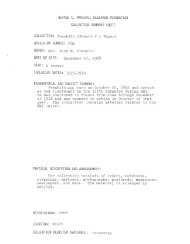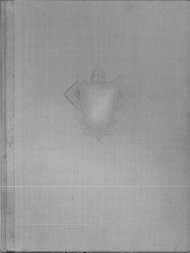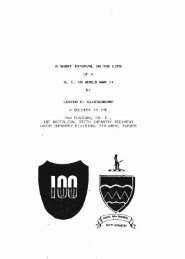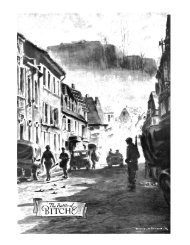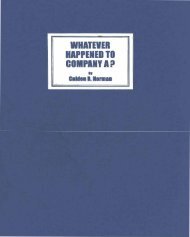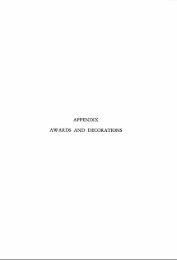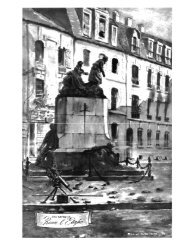Joint Operating Concept (JOC) - GlobalSecurity.org
Joint Operating Concept (JOC) - GlobalSecurity.org
Joint Operating Concept (JOC) - GlobalSecurity.org
Create successful ePaper yourself
Turn your PDF publications into a flip-book with our unique Google optimized e-Paper software.
abuses had the distinctly positive effect of garnering US support as well as the<br />
support of the Salvadorian populace. Ultimately, the insurgency lost its energy<br />
and languished to the point that it was no longer a genuine threat to the<br />
country’s stability.<br />
Examples of Waging Unconventional Warfare:<br />
US-Philippine Resistance to Japanese Occupation (1942 - 1945). US<br />
support to, and in some cases leadership of, irregular resistance to Japanese<br />
forces in the Philippine archipelago was an unqualified success. It stands as a<br />
premier example of what military planners today call operational preparation of<br />
the environment. The Philippine resistance movement, comprised of a number<br />
of groups spread throughout the archipelago but most numerous on the main<br />
island of Luzon, collected and transmitted intelligence on adversary order of<br />
battle, conducted hit-and-run raids against Japanese forces, and provided de<br />
facto government services in a number of villages. The resistance movement<br />
benefited from environmental factors that contributed to the overall success of<br />
the campaign. These factors included the size of the archipelago (almost<br />
115,000 m2 ) spread out over 7,100 islands and the imposing jungle and<br />
mountain terrain on the largest islands. Both factors, as well as the<br />
requirement to maintain lines of communication and supply between garrisons,<br />
severely stretched the occupying Japanese forces. Although the Japanese<br />
initially offered positive or neutral incentives not to resist, such as amnesty to<br />
military stragglers and those under arms, increasing negative measures<br />
(including collective reprisals against villagers for attacks, imprisonment and/or<br />
torture or execution of suspected guerrillas, and seizing crops and livestock)<br />
turned the population against them.<br />
United Nations Partisan Operations in Korea (1951 - 1953). Success and<br />
failure in waging IW can be difficult to judge. In the case of IW conducted during<br />
the Korean War, the evidence seems contradictory. Although UN partisan forces<br />
contributed to allied interdiction efforts in the operational rear areas of North<br />
Korea, the movement nevertheless failed to achieve more widespread strategic IW<br />
success. Most if not all of the preconditions for IW success existed on the<br />
Korean peninsula, but a number of factors inhibited the success of UN partisan<br />
forces. First, the responsibility for UN partisan operations shifted between<br />
different command instruments, neither of which had developed a<br />
comprehensive plan or phasing for IW in the theater. Second (and as a result of<br />
the first factor above), UN partisan forces were used primarily for seaborne raids,<br />
not unlike British commando raids in the Second World War. The purpose of<br />
these raids was to interdict main supply routes, inflict casualties, and boost the<br />
morale of anti-communist instruments in North Korea. Little effort was applied<br />
to establishing sanctuaries and base areas on the peninsula itself or cultivating<br />
the population to support an insurgency. From 1952 onwards, the North<br />
Koreans placed greater emphasis on rear area counter-partisan operations that<br />
limited the mobility and access of UN partisan forces to the North Korean<br />
population. Finally, and most significantly, US advisors to UN partisan forces<br />
Appendix G<br />
G-4




